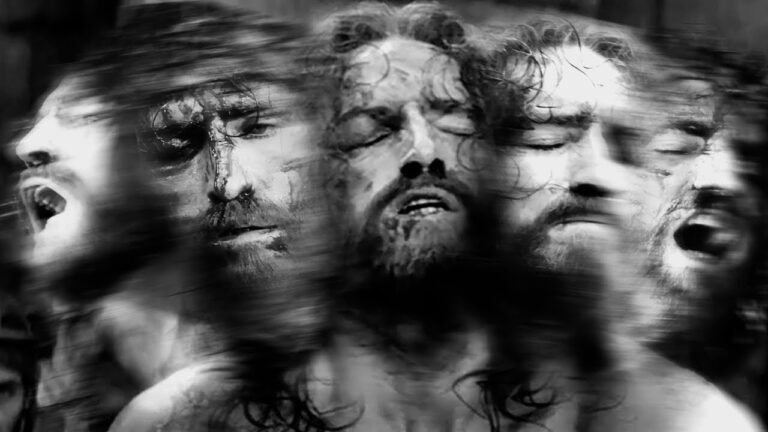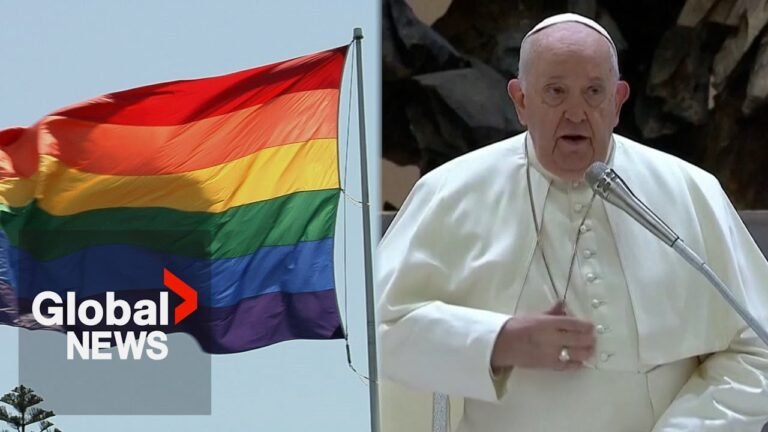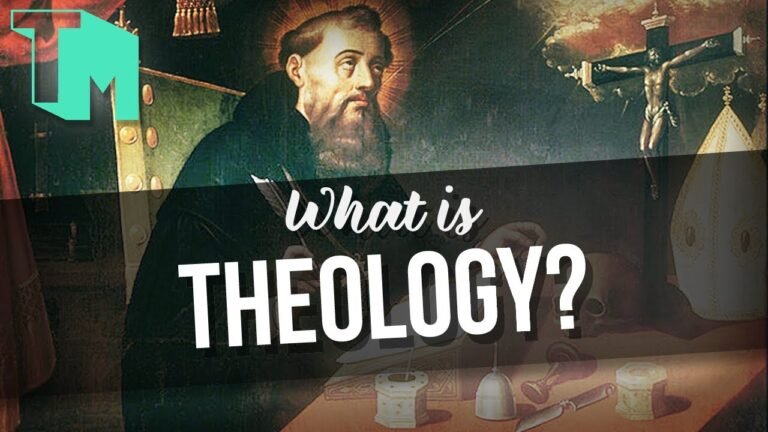Depictions of the Crucifixion in Cinema
The portrayal of Jesus’ crucifixion in film has captivated audiences for decades, offering profound insights into faith, sacrifice, and redemption. From classic depictions to modern interpretations, these movies not only recount one of history’s pivotal moments but also invite viewers to reflect on the enduring themes of love and forgiveness. As we explore the impactful films that have shaped our understanding of this sacred event, we uncover the artistry and emotion that continue to resonate across generations.
What are the most impactful movies about Jesus’ crucifixion?
Key movies about Jesus’ crucifixion include The Passion of the Christ, Jesus of Nazareth, and The Last Temptation of Christ.
What is the greatest film depicting the crucifixion of Jesus?
The Passion of the Christ stands as the definitive portrayal of Jesus’ crucifixion, encapsulating both the brutality and depth of the event with remarkable craftsmanship. Its striking cinematography and haunting score transport viewers to a visceral experience, showcasing the artistry that defined the golden age of the 2000s in Hollywood. This film not only confronts the harsh realities of sacrifice but also invites reflection on the themes of forgiveness and redemption, making it a powerful and unforgettable cinematic journey.
Which Jesus film is considered the most controversial?
One of the most controversial films about Jesus is Mel Gibson’s “The Passion of the Christ” (2004), which has sparked intense debate since its release. The film’s graphic depiction of Jesus’ final hours, paired with its portrayal of Jewish authorities, led many critics to accuse it of promoting anti-Semitic sentiments. This controversy has overshadowed its artistic achievements and commercial success, making it a focal point in discussions about faith and representation in cinema.
Despite its polarizing nature, “The Passion of the Christ” became a cultural phenomenon, grossing over $600 million worldwide and igniting conversations about religious beliefs and cinematic expression. The film’s raw portrayal of suffering and sacrifice resonated with many viewers, while its critics remained steadfast in their concerns about its potential to incite hatred. This dichotomy underscores the powerful impact of film as a medium for exploring complex themes, proving that storytelling can evoke both admiration and outrage in equal measure.
Which language was spoken by Jesus?
Jesus primarily spoke Aramaic, a Semitic language common among the Jewish people in first-century Palestine. He likely also understood Hebrew, as it was used in religious texts, and possibly some Greek, given the cultural context of the time. Aramaic phrases, such as “Talitha koum” and “Eloi, Eloi, lama sabachthani,” reflect the language of his teachings and interactions. This linguistic backdrop highlights the rich tapestry of communication in the region during his life, bridging cultures and beliefs.
Exploring Visual Narratives of Sacrifice
Sacrifice is a profound theme that resonates across cultures and time periods, shaping the visual narratives that captivate audiences. Artists and filmmakers alike weave intricate tales that delve into the depths of human emotion, portraying the tension between personal desires and the greater good. Through powerful imagery, they invite viewers to contemplate the weight of sacrifice, often highlighting moments where characters face pivotal decisions that define their journeys and impact those around them.
In contemporary art and cinema, the portrayal of sacrifice extends beyond mere acts of giving. It encompasses the internal struggles and moral dilemmas faced by individuals who choose to prioritize the well-being of others over their own. Visual storytelling techniques, such as contrasting light and shadow or symbolic imagery, enhance these narratives, allowing audiences to engage with the complexities of sacrifice on a deeper level. This exploration not only evokes empathy but also challenges viewers to reflect on their own values and the sacrifices they are willing to make.
Ultimately, the visual narratives of sacrifice serve as a mirror to society, revealing the interconnectedness of human experiences. They remind us that sacrifice is not an isolated act but a thread woven into the fabric of life, influencing relationships and shaping communities. By examining these stories, we gain insight into the resilience of the human spirit and the transformative power of selflessness, encouraging a dialogue that transcends artistic boundaries and fosters a greater understanding of what it means to sacrifice.
Cinematic Interpretations of a Timeless Event
Throughout cinematic history, filmmakers have drawn upon the rich tapestry of timeless events to craft narratives that resonate with audiences across generations. By reinterpreting significant moments—be it historical milestones or universally shared experiences—these films not only entertain but also provoke thought and evoke emotion. From sweeping epics to intimate dramas, the lens of cinema captures the essence of these events, often transforming them into powerful allegories that reflect contemporary societal issues.
The artistry of film lies in its ability to breathe new life into the past, allowing viewers to engage with history in a visceral way. Through innovative storytelling techniques and stunning visuals, directors invite audiences to experience the weight of these moments, whether it’s through the lens of triumph or tragedy. As each cinematic interpretation unfolds, it reaffirms the idea that while time may march on, the themes of love, loss, and resilience remain ever relevant, ensuring that these timeless events continue to inspire and resonate in our collective consciousness.
From Screen to Soul: The Impact of Crucifixion Imagery
Crucifixion imagery has long transcended its religious origins, weaving itself into the fabric of art, literature, and popular culture. This powerful symbol evokes a profound emotional response, inviting viewers to explore themes of sacrifice, redemption, and the human condition. Artists and creators harness the visceral nature of these images to provoke thought and encourage introspection, allowing audiences to confront their beliefs and experiences in a deeply personal way. Through this lens, the crucifixion becomes a universal metaphor for struggle and hope, resonating across diverse cultures and contexts.
As this imagery permeates modern media, it continues to shape societal narratives and individual identities. From film adaptations to visual art, the representation of crucifixion challenges viewers to engage with their own moral dilemmas and spiritual journeys. By bridging the gap between screen and soul, these evocative visuals compel us to reflect on our values and the complexities of existence. Ultimately, crucifixion imagery serves as a poignant reminder of our shared vulnerabilities and aspirations, forging connections that transcend time and place.
Artistry and Faith: Crucifixion Through the Lens
The crucifixion of Jesus Christ has long served as a profound source of inspiration for artists, intertwining themes of sacrifice, redemption, and divine love. Through varied mediums, from classical paintings to contemporary installations, creators have sought to capture the raw emotion and spiritual weight of this pivotal moment in Christian narrative. Each interpretation invites viewers to reflect on their own beliefs and the complexities of faith, revealing how artistry can transcend time and cultural boundaries to convey universal truths.
In exploring the crucifixion, artists not only depict a historical event but also engage in an ongoing dialogue about human suffering and hope. This powerful intersection of artistry and faith allows for a deeper understanding of the struggles inherent in the human experience. By examining these artistic expressions, we uncover layers of meaning that resonate with our own journeys, fostering a connection that is both personal and collective. Ultimately, the crucifixion serves as a canvas for exploring the profound questions of existence, inviting all to contemplate the interplay between life, death, and the promise of resurrection.
The portrayal of Jesus’ crucifixion in film has transcended mere storytelling, evolving into a profound exploration of faith, sacrifice, and human resilience. Each cinematic interpretation invites audiences to reflect on the enduring impact of this pivotal event, sparking dialogue and inspiring a deeper understanding of its significance across cultures and generations. As filmmakers continue to navigate this powerful narrative, they not only honor its historical roots but also challenge viewers to engage with the timeless themes of love, redemption, and hope that resonate far beyond the screen.







